Researchers in the computational intelligence society have been consistently achieving progress in making machines more intelligent from various aspects, including representations, learning models, and optimization methods. The development of these techniques provides useful tools for big data and information analytics. This special issue aims at presenting recent advancements of combining computational intelligence methods with big data. We accepted 7 papers after a strict review process. Each paper was reviewed by at least two reviewers. We hope the accepted papers to this special issue will provide a useful reference for researchers who are interested in computational intelligence and big data, and inspire more possibilities of novel methods and applications.
The accepted papers can be roughly divided into three categories, according to the aspects they involve.
On the aspect of representation, the article "Multiple-instance learning for text categorization based on semantic representation" by Zhang et al. employs the multi-instance representation for text data. A text document is usually represented as a single feature vector, which could be insufficient to expose its rich content for learning. This paper, based on the popular word2vec technique, represents a document by multiple instances. In such a way, the semantic meanings of a document can be well exposed, and the experiments show improved performance over single instance representation.
Another article "A comparative study of robustness measures for cancer signaling networks" by Zhou et al. studies the cancer signaling data represented as a network. The information exchange pathways in the cancer signaling network are essential to the cure of cancer, thus it is meaningful to find a sensitive measure of the network that is highly correlated with patient survivability. This work investigates the robustness of 14 typical cancer signaling networks. Experiments find out that the natural connectivity is a promising measurement, which could be expected to help cancer treatments.
On the aspect of learning models, the extreme learning machine is a recently emerged simple neural network model with randomly determined connection weights. The article "Two-hidden-layer extreme learning machine based wrist vein recognition system" by Yue et al. employs such neural network with two hidden layers to achieve a good performance in the wrist vein recognition task with a satisfactory training time.
Incremental ability of learning models are often appealing. The article "Selective further learning of hybrid ensemble for class imbalanced Increment learning" by Lin and Tang addresses the class imbalance issue which naturally arises in incremental learning, and proposes an ensemble-based method Selective Further Learning, where different component learners handle different issues of the learning. Experiments show that the proposed method outperforms some recent state-of-the-art approaches.
On the aspect of optimization methods, the article "A clustering based mate selection for evolutionary optimization" by Zhang et al. introduces the mate selection mechanism into evolutionary algorithms. Helped by the clustering, the mate of an individual is restricted in the same cluster. With this new mechanism, the evolutionary algorithm optimizes a set of benchmark functions better.
Optimization is also related with representation. In the article "A moving block sequence-based evolutionary algorithm for resource investment project scheduling problems" by Yuan et al. proposes the moving block sequence representation for the resource investment project scheduling problem. The new representation can guarantee some good properties of the solved solution, and consequently the proposed approach shows superior performance on 450 benchmark instances.
Better optimization can lead to better learning. In the article "An evolutionary multiobjective method for low-rank and sparse matrix decomposition" by Wu et al, a multiobjective evolutionary approach is employed to solve the low-rank matrix decomposition problem. The multiobjective approach can well trade-off between low-rank and sparse objectives, leading to satisfied results on nature image analysis.
We thank all the authors for their contributions to this special issue, and the reviewers for their careful and insightful reviews. We also thank Prof. Jianhong Wu and Prof. Zongben Xu, the Editor-in-Chiefs of the Big Data and Information Analytics journal, and Prof. Zhi-Hua Zhou from the Editorial Board of the journal for the full support of this special issue, and the Aimsciences staff for managing this special issue.











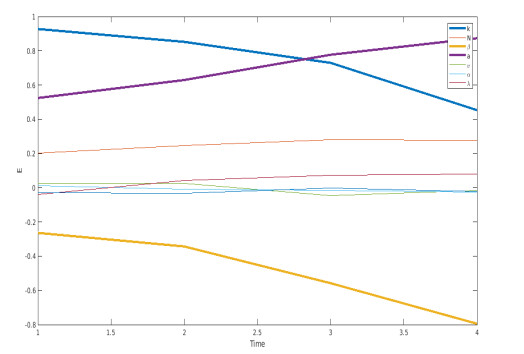
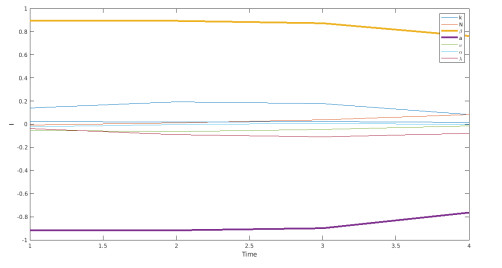
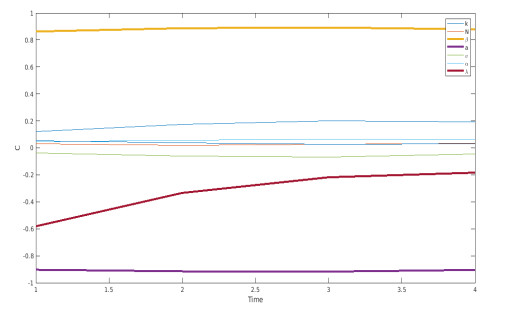

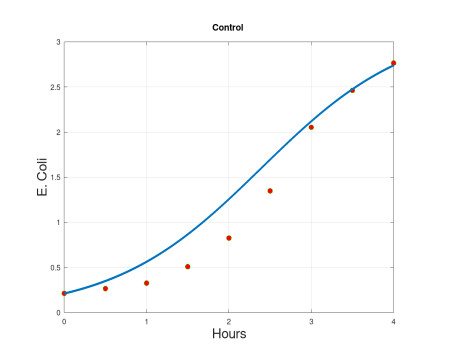
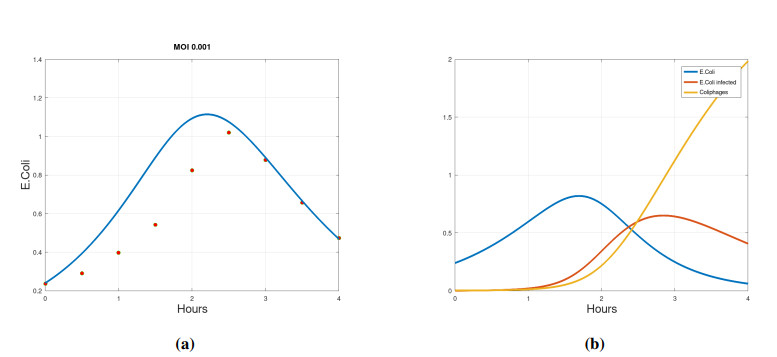
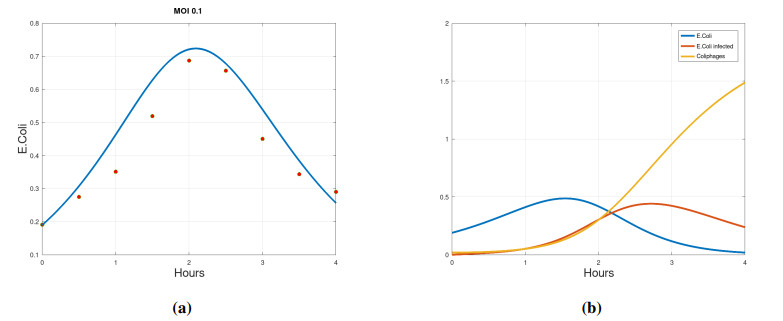
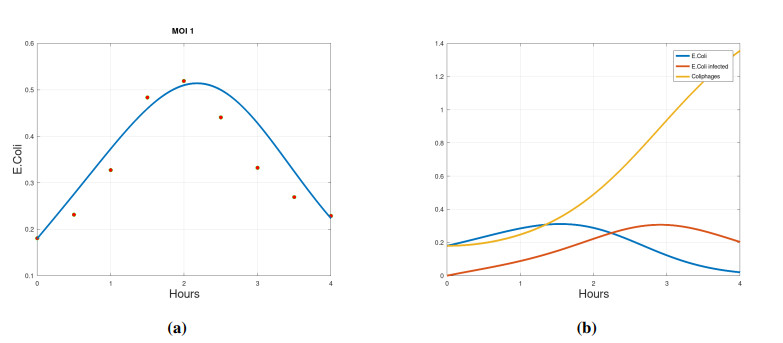
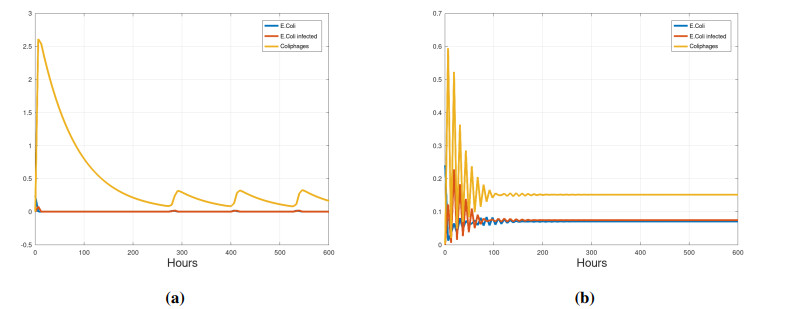
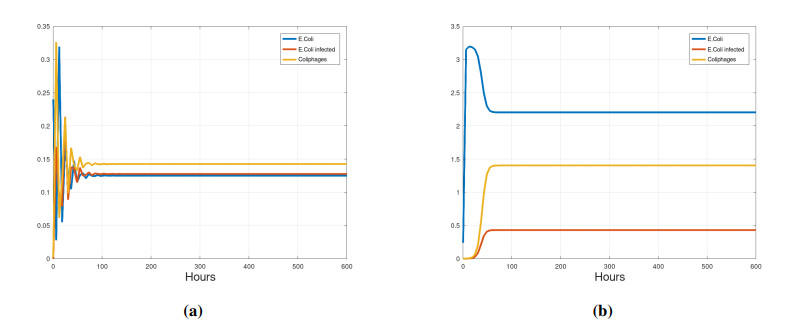


 DownLoad:
DownLoad: